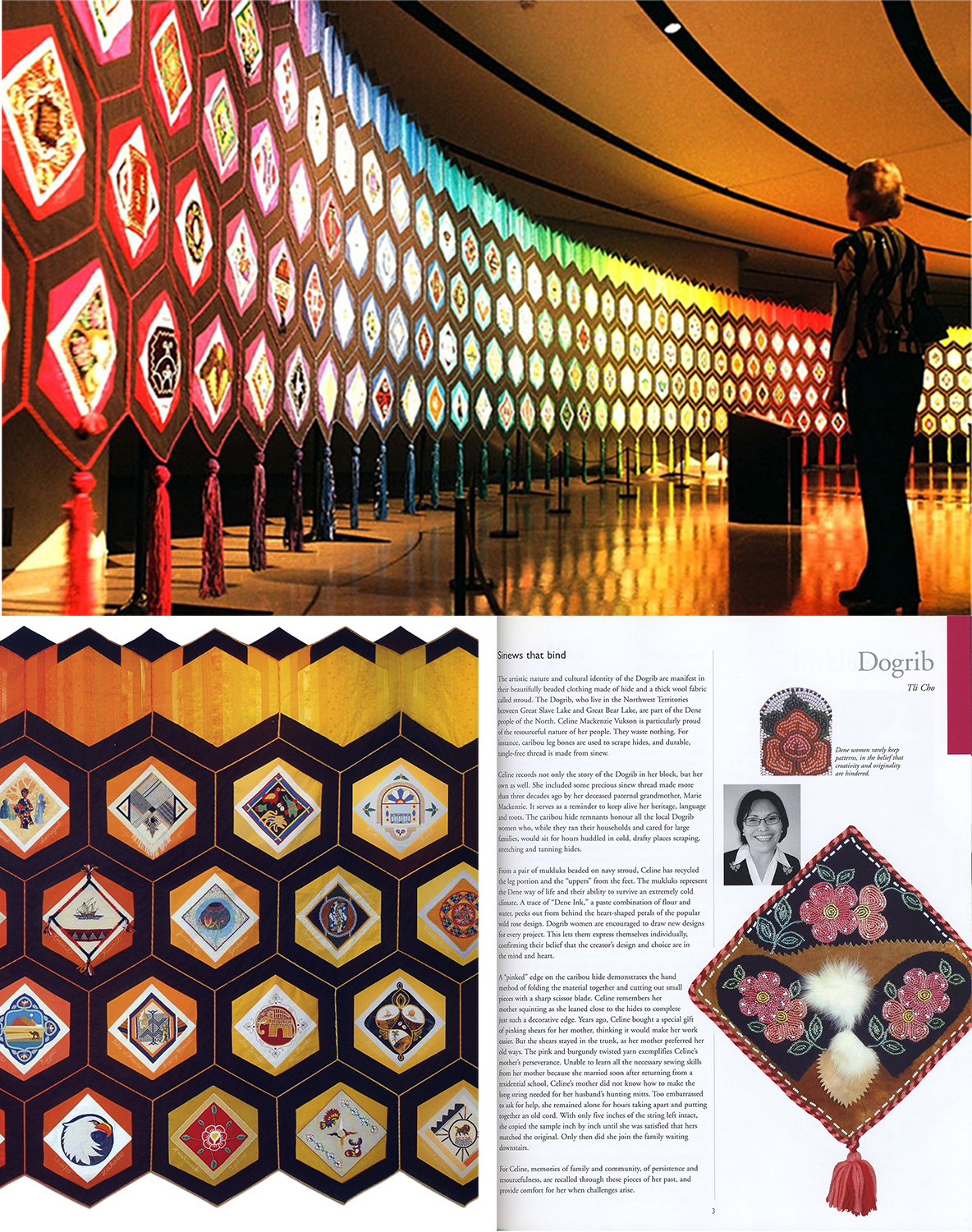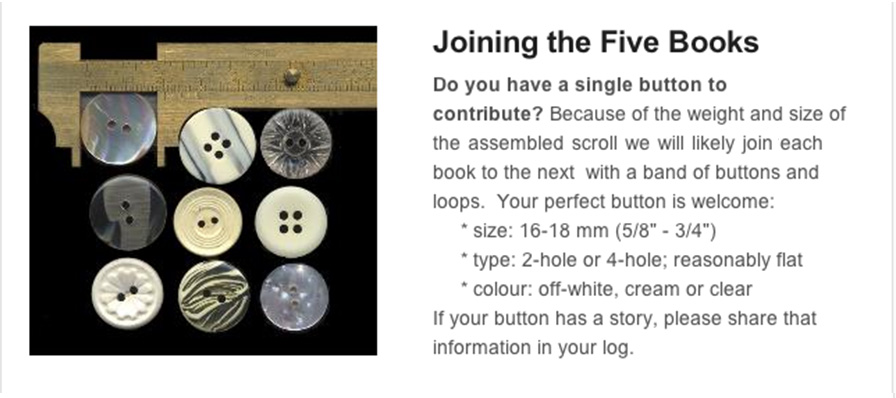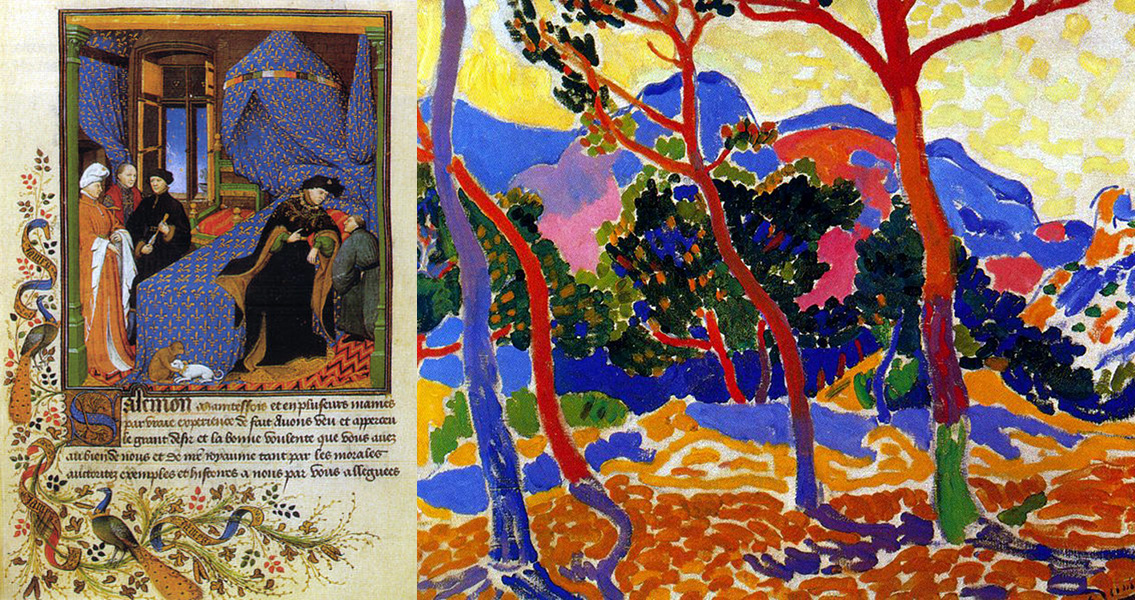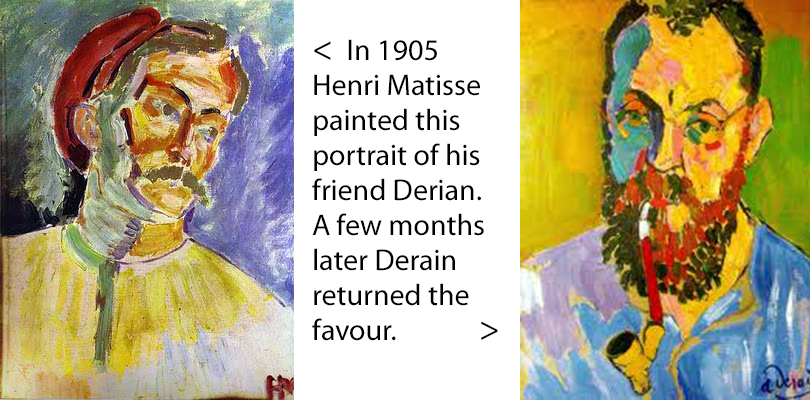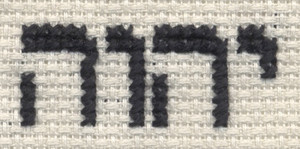Many people have asked: Where will the Torah be when it is finished?
A: When Torah Stitch By Stitch was launched in June I was not at all sure we would ever achieve a completed scroll. The primary goal of the project still remains: “to engage with words of Torah” on a personal level.
By early September there were 300 stitchers in 9 countries; a month later we are 420 stitchers in 12 countries . . . and it now seems very likely that people will sign up for all of the 1463 portions. The panels already completed are beautiful, and the anecdotes people are sharing about their portion and stitching experience are profoundly moving.
Everyone who works on or contributes to the project will be acknowledged, at least in a digital catalogue. Already the data base and image archive are substantial, and that is growing each day as people submit their process photos, anecdotes, acknowledge those to whom they dedicate their stitching, etc. Application for funding for a documentary film is in process.
As to the exhibition and final disposition of the project: that depends on many factors. We have created a design for assembling the pieces so that all sections are visible and all components disassemble into manageable parts for shipping. We also have a wish list of museums to approach.
Take a look at the website of “Quilt of Belonging” and you will have a sense of how things may evolve in terms of documentation and exhibition.
Three very capable women have joined me as volunteers to tend to both the day-to-day tasks, as well as longer term needs such as: developing a business plan, applying for charitable status, forming a Board of Directors, applying for grants. Ultimately the extent to which we can take Torah Stitch By Stitch into the world of museums and publications will depend on successful fundraising.
We will keep you posted and seek your ongoing support.
